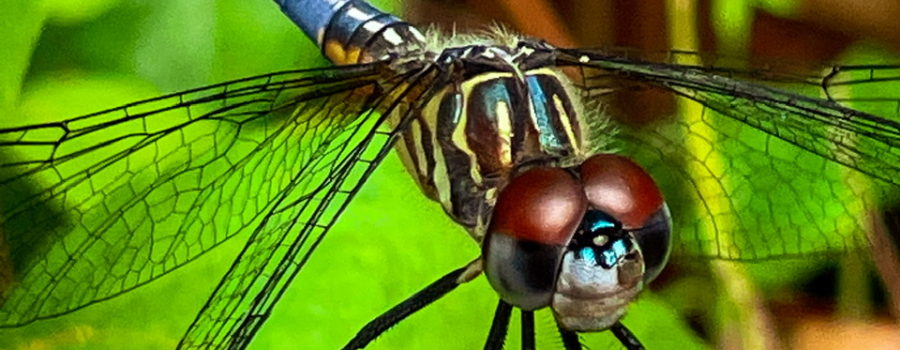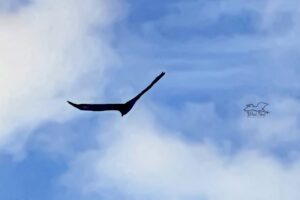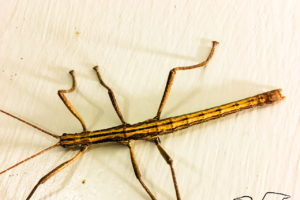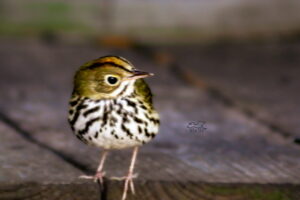How to Take Great Nature Photos: Understand Triangles

Last week we discussed balance or the lack of balance in composing your photos and artwork. Today I want to go a little deeper into that subject by discussing triangles, how to see them, and how to use them. Most of us don’t notice them, but triangles are everywhere! Most of these triangles are inferred which is why as every day observers we frequently miss them. So of course, the first step for being able to use triangles in your compositions is to learn to see them. Triangles occur anywhere where lines converge, whether it’s within your view (or the frame of your art) or not. As with anything else in art, this takes some practice, and one of the best ways I know to practice seeing triangles is to just stop wherever you are, and start looking for them. If you repeat this exercise at various times and places, it won’t be long before you can do it almost without thinking about it.

Now that you are starting to see the triangles, it’s time to learn how to use them. In some respects, triangles are like leading lines in that they can draw the viewer’s attention to specific aspects of your image. For example, in the photo above, there are two simple, easily seen triangles, leading the viewer’s eyes. The first is the converging tree branches which lead the eye to the main subject of the photo, the stream. Then there is the stream itself, which forms it’s own triangle as it fades into the distance. That triangle leads the eye to follow the stream into the distance and take in the rest of the image. Similarly, in the photo below, the triangle formed by the wings of the dragonfly leads the viewer’s eye to the eyes of the dragonfly, which is the most important aspect of the main subject, the dragonfly’s face.

Triangles are also important in creating a sense of balance. In the dragonfly photo, the triangle is upright (with the base being the bottom edge of the photo). This is a “balanced” position. It creates a feeling of stability. On the other hand, an upside down triangle or one at odd angles help create a feeling of instability. If you look at the triangle of the tree branches in the stream photo, do you not get the feeling that the tree could fall into the stream in any good wind? Or, in the photo below, doesn’t the triangle created by the head and body of the frog, balanced precariously on one edge and leading away from the viewer, just add to the feeling of unease (ie that the frog could leap away at any moment)?

Obviously, from the stream example, you can have both stable and unstable triangles within the same composition (in fact, once you start seeing them, you’ll find that most compositions contain both). Even though the tree definitely creates some instability in the photo, it serves it’s purpose by drawing the eye to the stream. The stream, having a greater visual weight than the tree, still gives the composition an overall feeling of calm. But what would have happened had the stream been presented at an odd angle? By manipulating the perspective of your work, you can change the stability or instability of your entire image and create the feelings that you, the artist, want to provoke. One of the easiest ways to evaluate those feelings is to look at your triangles! So let’s get out there and start looking for triangles, everybody!





Recent Comments